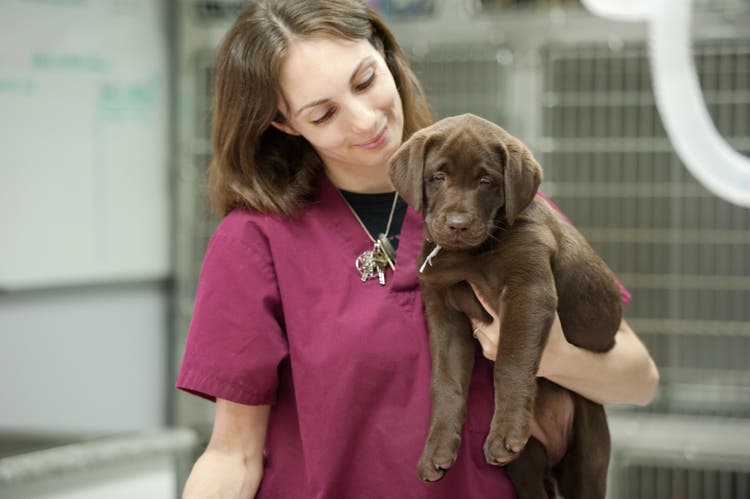
Buprenorphine (Buprenex®) for Dogs and Cats
Overview of Buprenorphine for Canines and Felines
- Buprenorphine, commonly known as Buprenex®, is used for pain in dogs and cats. A higher concentration of Buprenorphine known by the brand name Simbadol® is marketed for use in cats only. For more information on Simbadol®, go to Buprenorphine (Simbadol®) for cats.
- Buprenorphine is a synthetic opiate that binds to opiate receptors and stimulates them. It is similar to one of the original opiates, morphine.
- Opiates are a class of drugs originally derived from the poppy flower. When comparing potency, opiates are compared to morphine.
- Buprenorphine is 30 times as potent as morphine and does not result in the negative gastrointestinal effects typically associated with morphine.
- Buprenorphine is rapidly absorbed after injection and the effects are usually felt within 15 to 30 minutes, lasting about 8 hours.
- This drug is a narcotic with potential for abuse and misuse. For this reason, it controlled by the Drug Enforcement Agency.
- Buprenorphine is a prescription drug and can only be obtained from a veterinarian or by prescription from a veterinarian.
- This drug is not approved for use in animals by the Food and Drug Administration but it is prescribed legally by veterinarians as an extra-label drug.
Brand Names or Other Names of Buprenorphine
- This drug is registered for use in humans only.
- Human formulations: Buprenex® (Reckitt & Colman)
- Veterinary formulations: Simbadol® (Abbott) marketed for cats
Uses of Buprenorphine for Dogs and Cats
- Buprenorphine is used for pain relief in dogs and cats. For more information about pain, please see Pain in Dogs and Pain in Cats.
Precautions and Side Effects
- While generally safe and effective when prescribed by a veterinarian, buprenorphine can cause side effects in some animals.
- Buprenorphine should not be used in animals with known hypersensitivity or allergy to the drug.
- The drug should be avoided in animals with kidney disease, underactive thyroid gland and Addison’s disease.
- Buprenorphine should be used with caution in animals with head trauma, compromised cardiovascular function and geriatric or severely debilitated animals.
- Since it is metabolized by the liver, buprenorphine should be used with caution in animals with liver disease.
- Buprenorphine may interact with other medications. Consult with your veterinarian to determine if other drugs your pet is receiving could interact with buprenorphine. Such drugs include certain antihistamines, tranquilizers, barbiturates and monoamine oxidase inhibitors.
- In rare cases, buprenorphine can slow breathing, as with other opiates.
- The most common side effect of buprenorphine is sedation. Other side effects may include a drop in blood pressure, high heart rate, changes in body temperature (high or low), anorexia and/or hyperactivity.
- Due to a high index of safety, overdose is rare.
How Buprenorphine is Supplied
- Buprenorphine is available in 0.3 mg/ml concentration 1 milliliter ampules.
- New higher concentration vials at 1.8 mg/ml available (Simbadol®) marketed for cats.
Dosing Information of Buprenorphine for Dogs and Cats
- Medication should never be administered without first consulting your veterinarian. This medication is almost always administered in the hospital but it may be sent home under special circumstances.
- The typical dose administered to dogs and cats is 0.005 to 0.01 mg per pound (0.01 to 0.02 mg/kg) intravenous or intramuscular two to four times per day. This dose can also be given orally.
- Simbadol® is marketed for use in cats only to be given subcutaneously at 0.11 mg per pound (0.24 mg/kg) once daily for up to 3 days. It is recommended to be given 1 hour prior to surgery.
- The duration of administration depends on the condition being treated, response to the medication and the development of any adverse effects.